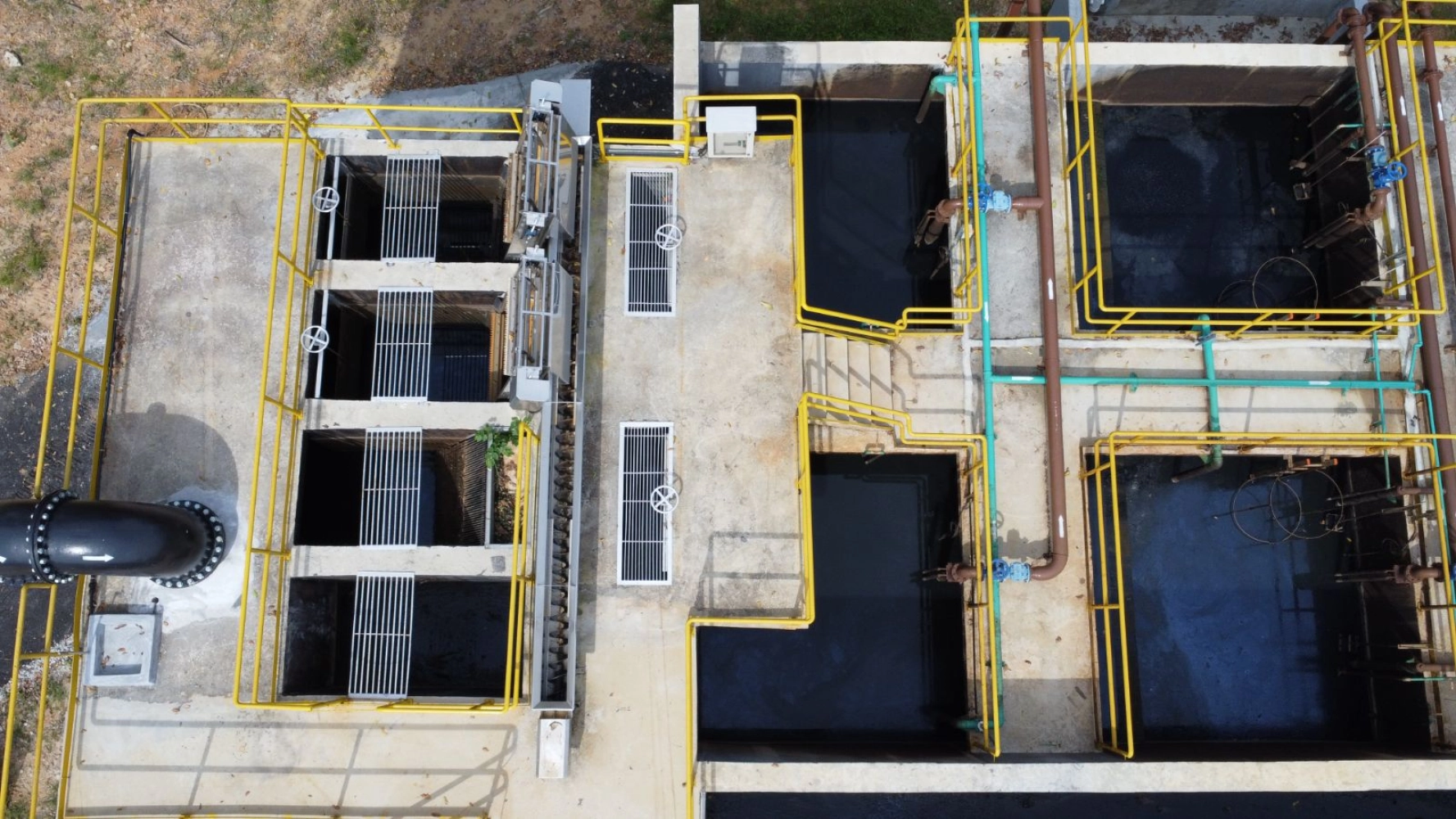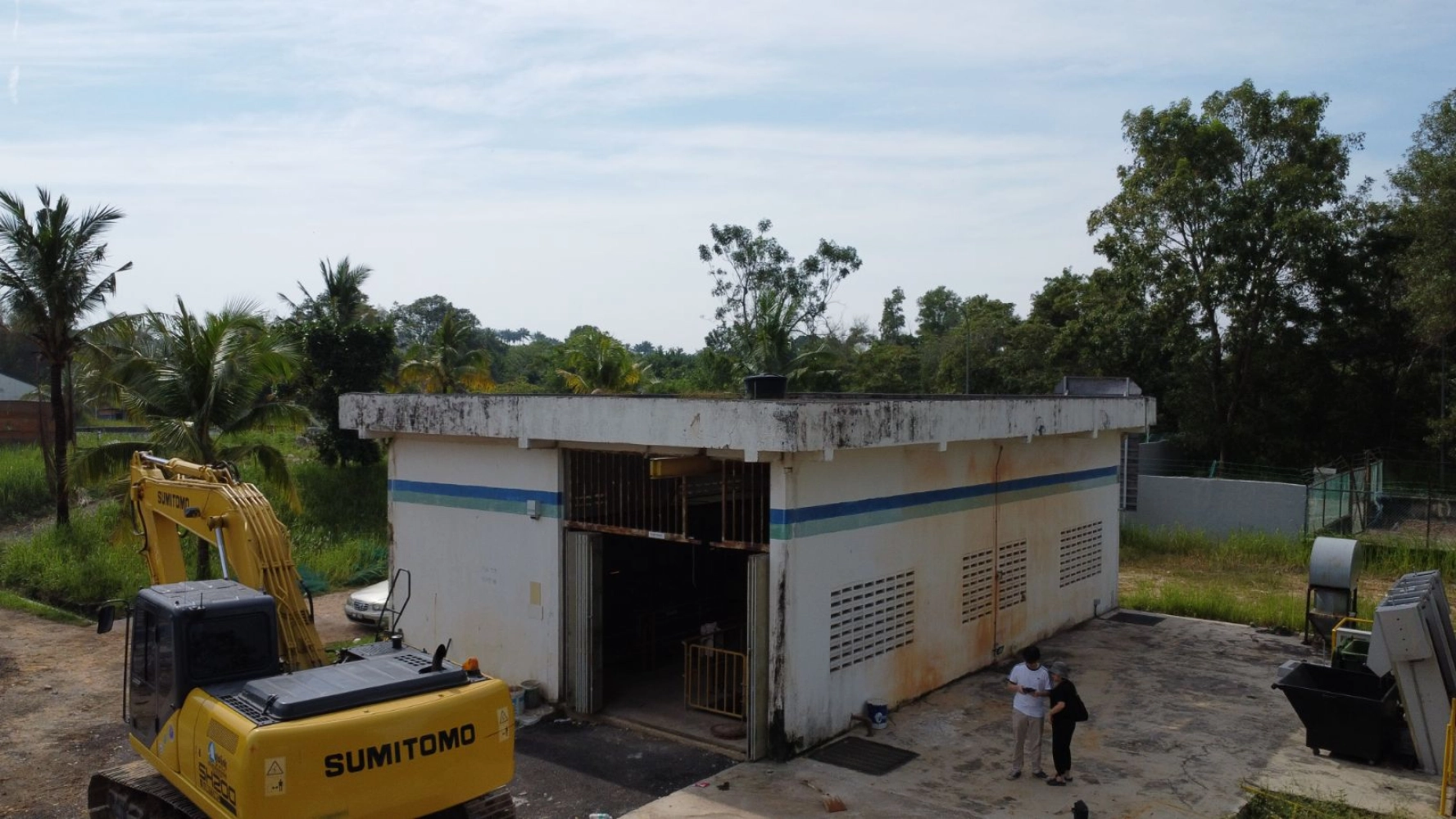Sequential Batch Reactor (SBR)
What are Sequencing Batch Reactors (SBR)?
The cycles involves a fill phase, where new watsewater is added to the reactor, followed by an aeration phase, where air is introduced to promote microbial activity, and finally a decant phase, where the treated watsewater is removed. Between these cycles, there are periods of idleness or 'idle' times, which serve to maintain the desired mass ratio of influent substrate to biomass.
Sequencing Batch Reactor Treatment Process
- Fill: The influent watsewater enters the reactor. The feed volume is determined based on several factors, including desired loading and detention time, and expecting settling characteristics of the organism. The time of fill depends on the volume of each tank, the number of parallel tanks in operation, and the extends of diurnal variations in the wastewater flow rate. Any aeration system can be used in this stage, but the ideal one should provide both a range of mixing intensities and the flexibility of mixing without aeration.
- React: The mixed liquor in the reactor is aerated. The aeration process can vary depending on the specific design of the SBR. After the biological reactions are complete, the aeration and mixing are discontinued.
- Settle: The biomass settles, allowing the treated supernatant to rise above the settled sludge. This stage is crucial for separating the treated water (supernatant) from the untreated sludge.
- Decant: The treated water is drawn from the reactor. The withdrawal mechanism may take various forms, including a pipe fixed at a predetermined level with the flow regulated by an automatic valve or a pump, or an adjustable or floating weir at or just beneath the liquid surface. The time dedicated to drawing can range from 5% to more than 30% of the total cycle time.
- Idle: The period between the draw and fill is termed idle. Despite its name, this "idle" time can be used effectively to waste settled sludge. More frequent sludge wasting programs are recommended to maintain process efficiency and sludge settling.

Make Appointment






